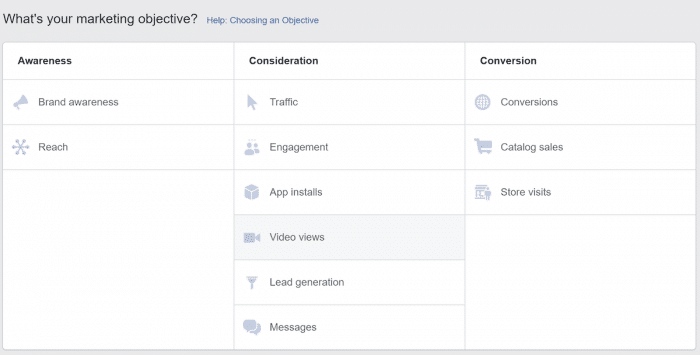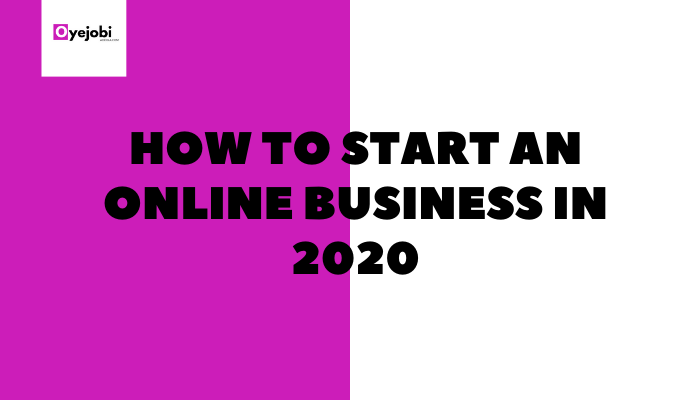HOW I GENERATED OVER $2500 PER MONTH FROM ECOMMERCE BUSINESS
Do you want to learn how to start an ecommerce business and how i generated over $2500 per month from ecommerce business? Then in this post, I will be sharing all you need to know about ecommerce business.

Table of Contents
What is Ecommerce?
Ecommerce, also known as electronic commerce or internet commerce, refers to the buying and selling of goods or services using the internet, and the transfer of money and data to execute these transactions.
Ecommerce is often used to refer to the sale of physical products online, but it can also describe any kind of commercial transaction that is facilitated through the internet- Source Shopify
There are a lot of people that want to start an ecommerce business but many people dont even know ecommerce website works and they can sell very efficiently from their store.
The best way to step into the E-commerce business is by defining your target customers and the products you want to sell.
Setting up a E-commerce business involves 3 major components:
1) E-commerce Platform
2) Payment Gateway
3) Logistics
E-commerce Platforms
For building an e-commerce platform, either you can create a online store with help from web developers. Building a website from scratch will be a costly affair.
Or the other way is to use to use existing e-commerce platforms (like shopify,etc) where you can create your e-com store using their platform. Using the platform you can save a considerable amount of time and money.
The e-commerce platform needs integration with payment gateways like paystack, etc and logistics services like aramex, DTDC, Bluedart. To sign up for the payment gateway & logistics services, you have to get into an agreement these service providers as per the Terms & Conditions required for your business.
HOW I GENERATED OVER $2500 PER MONTH FROM ECOMMERCE BUSINESS
Well, how did i generate over $2500 per month from my store, is simple, using two platfroms, Facebook ads and SEO.
Let’s talk about facebook ads;
Facebook Ads Basics
Facebook Ads are split into 3 ‘levels’ – the Campaign Level, the Ad Set Level, and the Ad Level.
Campaign Level:
The Campaign Level is where we select the Conversion Objective we want to set as our ‘goal’. Our options are as follows:

As I just discussed, the objective you choose for your campaign is incredibly important. We want to select the objective that most closely resembles what action we want people to ultimately take. In some cases, this might be liking our Facebook page, or joining our email list. In this case, it’s actually purchasing our product(s). For this reason, this campaign (and the vast majority of campaigns I set up) I set up using the ‘Conversions’ objective.
Ad Set Level:
The Ad Set Level is where we get into the nitty-gritty of our campaign. This is where we can select what audience we wish to target, select which countries we want to show our ads in, and narrow down to specific genders, ages, and even devices. We also choose where we want our ads displayed within the Facebook ecosystem (e.g. on Instagram, messenger, etc.) as well as set the budget for our campaign.
Ad level:
The Ad Level is where we actually write and design the ads that will be shown all over Facebook’s ecosystem. Here we can select from Facebook’s myriad of options for different ad formats (carousels, videos, single images, to name a few) as well as input our ad copy, creative, and desired landing page.
A lot of marketers and business owners spend hours obsessing in tiny tweaks to copy and images. In my opinion, this is a waste of time. Changing 1 word in your headline is not going to ‘move the needle’ on your campaign performance. Changing the targeting and audience and the offer will. For this reason, I recommend you keep your ads simple, direct, and to the point. Look at what your competitors are doing and emulate them as best as possible.
Every Facebook Ad account I build out is built around 3 core campaigns:
- Retargeting
- Previous customer upselling/cross-selling
- New customer prospecting
That’s it.
I have worked with dozens of agencies, businesses, marketers, and entrepreneurs that overcomplicate this. And you really don’t need to. These 3 campaigns are going to the most effective, profitable campaigns you can ever run, regardless of what kind of business you run. Anything else is just going to be fluff, and is not going to get you closer towards your #1 goal and making more money.
Let’s dive deeper into what each of these campaigns entails.
Retargeting
Retargeting, also sometimes called remarketing, is the process of advertising to people that have already interacted with you/your business in some way. Retargeting is going to be your main driver of consistent ROI. This is because it is 5-10x easier to get someone to purchase/complete a desired action when they have previous history with you or your business.
Some common retargeting events:
- Viewed a specific landing page but didn’t sign up
- Added an item to their cart but didn’t purchase (abandoned cart)
- Watched a certain percentage of one of your Facebook/Instagram videos (yes this is possible)
- Follows you on Instagram or Facebook
- Scrolled down a certain percentage on a landing page (yes, this is also possible)
New Customer Prospecting
New Customer Prospecting refers to finding new people to interact with and engage with your business. This might be in the form of getting new email list subscribers, driving new purchases, getting new free trial signups, getting webinar attendees, etc. Regardless of what business you are in, you need new users, leads, and/or customers to grow.
The best way to find these new users, leads, and/or customers is by leveraging Lookalike Audiences. Lookalike Audiences work by feeding Facebook a ‘source’ audience, that it’s algorithm then scans for commonalities and attempts to find people most similar to them.
With these basic of facebook ads, you should able to do well with your ecommerce business. The second one is SEO.
SEO (Search engine Optimization)
It plays a very large role in all ecommerce website. With SEO alone, my store receive close to 3000 visitors from search engines per month. Doing SEO can be sometimes technical but it is not hard to do. It is just simply optimizing your product pages so that the search engine bot can easily find it.
While doing SEO for your ecommerce store, you need to target some places like The Url, the title and the description.
THE URL: Yeah that’s one the place you can focus for your ecommerce store, after doing your research and you found out the keywords people are looking for on google, your page url is one of the places you can target your keyword and as well as the tittle.
Description: Anytime I go on some stores, i used to find some 20 words of description to a product page, from research, it shows that a description with more than 300 words perform well on search engines. So make sure you look at this aspect. An example from Amazon below;






